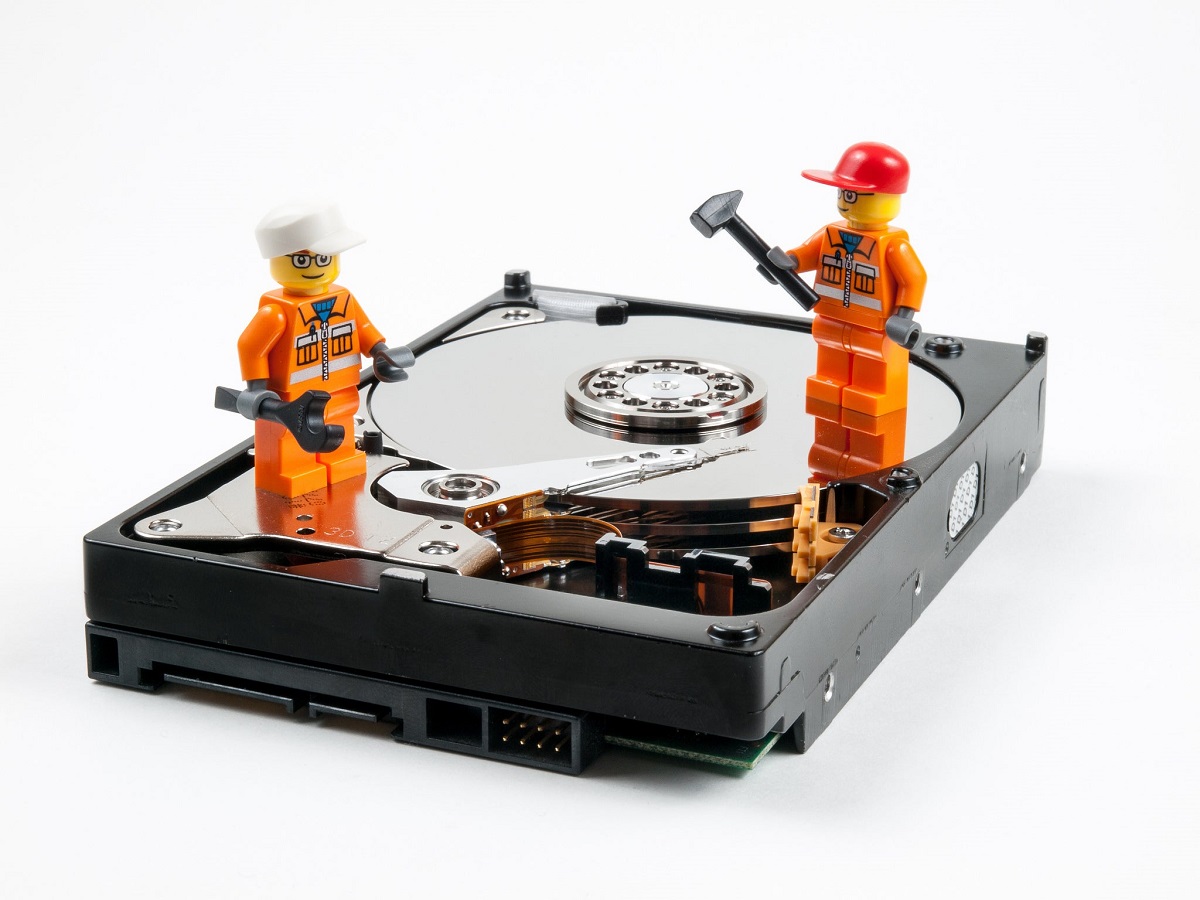Introduction
Welcome to our guide on how to securely wipe an SSD.
In todays digital age, data privacy and security have become paramount concerns for individuals and organizations alike.
But why is securely wiping an SSD different from traditional hard drives?

Unlike mechanical hard drives, SSDs store data on flash memory chips.
In this guide, we will explore various methods to securely wipe an SSD and safeguard your sensitive data.
We will discuss using built-in secure erase tools, utilizing third-party software, and physically destroying the SSD.
Before we dive into the different methods, its crucial to note that securely wiping an SSD is irreversible.
Once the data is erased, it cannot be recovered.
What is a secure wipe?
Regular file deletion or formatting does not guarantee the complete erasure of data from an SSD.
Secure wiping is essential when disposing of or repurposing an SSD.
Moreover, secure wiping is also crucial for organizations that handle sensitive customer data or confidential business information.
Why is it important to securely wipe an SSD?
Securely wiping an SSD is of utmost importance for several reasons.
Here are some key reasons why securely wiping an SSD is essential:
1.
This helps protect your privacy and prevent potential misuse or identity theft.
Preventing Data Breaches: Improperly disposing of an SSD without securely wiping the data can result in data breaches.
Even if the SSD is no longer in use, there may still be sensitive information stored on it.
Securely wiping the SSD ensures that such information cannot be recovered and prevents unauthorized access.
This includes trade secrets, product designs, financial data, and employee records.
Trust and Reputation: For businesses, securely wiping customer data enhances trust and reputation.
Customers expect organizations to handle their data responsibly and securely.
Each method offers different levels of security and requires varying levels of technical expertise.
Here are three commonly used methods:
1.
Secure erase tools are typically accessed through the SSD manufacturers software or BIOS prefs.
Its essential to refer to the manufacturers documentation or website for specific instructions on how to use these tools.
These software solutions often provide advanced features and configs, such as multiple overwriting passes and encryption options.
Some popular third-party software options include DBAN (Dariks Boot and Nuke), CCleaner, and Parted Magic.
This involves physically damaging the SSD beyond repair, making it impossible to retrieve any data.
Each method mentioned above has its own advantages and considerations.
Here is a step-by-step guide on how to use the built-in secure erase tools:
1.
Identify the SSD manufacturer: Determine the manufacturer of your SSD.
This information can usually be found on the SSD itself or in the documentation that came with it.
Common SSD manufacturers include Samsung, Crucial, Kingston, and Western Digital.
Look for software or tools related to SSD management or secure erase.
Download and plant the software: Download the software provided by the SSD manufacturer for secure erasing.
Ensure that you are downloading the correct software that corresponds to your SSD model.
Secure erase process: once you nail the software installed and configured, initiate the secure erase process.
The duration of the process may vary depending on the size and speed of the SSD.
Check the manufacturers instructions to see if this step is included and follow it accordingly.
In the next section, we will explore another method of securely wiping an SSD using third-party software.
These software solutions offer advanced features and prefs that allow for a more customizable and comprehensive secure erase process.
Heres a step-by-step guide on how to securely wipe an SSD using third-party software:
1.
Some well-known choices include DBAN (Dariks Boot and Nuke), CCleaner, and Parted Magic.
This process may vary depending on your computers manufacturer and model.
These software solutions often offer various options, such as multiple overwriting passes and encryption tweaks.
Choose the appropriate tweaks based on your requirements.
By rendering the SSD unusable, you eliminate any possibility of data recovery.
Here are some options forphysically destroying an SSD:
1.
However, its essential to verify the compatibility and effectiveness specific to your SSD model before attempting degaussing.
Its crucial to exercise caution and take necessary safety precautions if you choose this method.
Its important to note that physically destroying the SSD will make it impossible to reuse the drive.
When destroying an SSD physically, be mindful of local regulations regarding electronic waste disposal.
Some areas have specific guidelines or disposal facilities for electronic devices.
These steps will help ensure a smooth and successful data eradication process while minimizing any potential risks or issues.
Here are some key points to consider:
1.
Verify that the backup is complete and accessible before proceeding.
- Review SSD documentation: Familiarize yourself with the SSD manufacturers documentation and guidelines specific to your SSD model.
This includes understanding any specific recommendations or requirements for the secure wipe process.
This includes details regarding the method used, software or tools employed, and any verification steps performed.
These records can serve as a proof of compliance during audits or verification processes.
Third-party software provides additional features and customization options for a more comprehensive and secure wipe process.
However, its crucial to choose reputable software and follow the provided instructions carefully.
Before securely wiping an SSD, its important to take precautions and considerations into account.